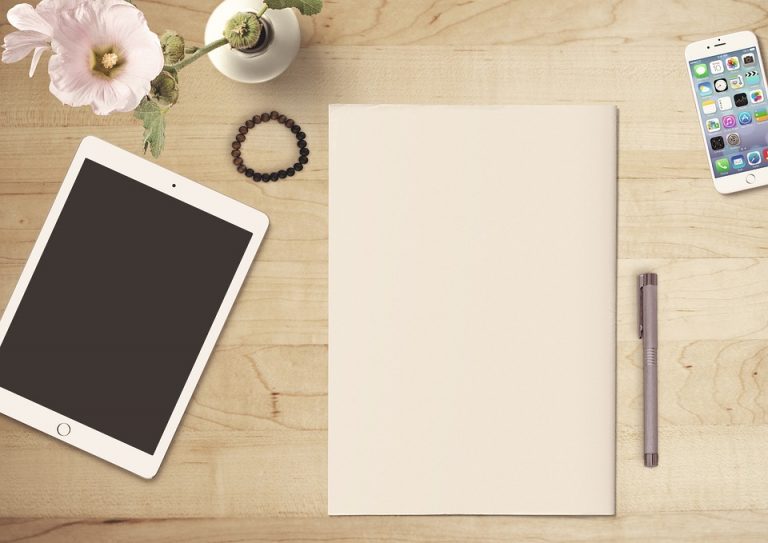Work from home ideas can change the way you work, the way you feel, and the way your day unfolds. These are practical, specific strategies you can use to lift your output and protect your energy. If you’re tired of dragging through afternoons, losing mornings to distraction, or feeling like your home is a productivity trap, this piece is written for you. I’ll give you real techniques that make mornings smoother, focus deeper, and results clearer.
Contents
Work From Home Ideas That Actually Boost Output
When you decide to treat your home like a high-performing workplace, everything shifts. Think of these as experiments, not laws. Try one for a week and measure what it does to your focus, mood, and output. The goal is simple: do better work without burning yourself out.
Idea 1: Build A Commanding Workspace
Your brain reads rooms. When your desk has purpose, your brain shows up. Clear clutter. Add a single piece of art or a plant. Position your desk so you can see the door or a window; that tiny control hack reduces stress.
Make comfort non-negotiable. Invest in a chair that supports your back and a monitor at eye level. Good ergonomics is not a luxury — it’s a productivity tool. When your body is comfortable, your brain stays in the game.
Finally, set boundaries. Let others in your household know your work hours. When you guard your space, you protect your focus and the work you do in it.
Idea 2: Time-Box Like a Pro
Time-boxing is not just scheduling. It’s promising yourself focused work for a set span and then honoring that promise. Use 60–90 minute blocks for deep work and 10–20 minute breaks for recovery. This respects your attention span and keeps judgmental fatigue at bay.
Track the results. When you time-box, you often discover you can accomplish more in less time. That sense of momentum fuels the next session. Try it for a week and watch how your to-do list shrinks.
Idea 3: Ritualize Your Day’s Start and End
Rituals tell your brain when to switch states. A five-minute morning routine — water, sunlight, a quick review of today’s top three tasks — sets your tone. An end-of-day ritual like shutting down your laptop and summing up wins closes the loop and reduces evening anxiety.
Rituals also defend mental energy. They prevent your mind from ping-ponging between tasks and the thousand things “still to do.” Keep rituals short and sacred.
Idea 4: Use Technology With Intention
Tools are neutral; your choices make them powerful. Keep a small stack of apps you actually use: a solid calendar, a distraction blocker, and a single task manager. Resist the temptation to chase every shiny app.
Automate the boring stuff. Set recurring tasks for weekly admin, use templates for frequent emails, and automate backups. Your future self will thank you. Technology should boost your focus, not steal it.
Idea 5: Break Tasks Into Bite-Sized Deliverables
Long tasks look insurmountable. Break them into clear, time-bound actions you can finish in a session. Instead of “work on report,” write “draft report intro” or “compile data for Section B.” Completion breeds confidence, and confidence breeds more completion.
Use checklists that are kind to your brain. Every checked box is a tiny victory and a visible sign of momentum.
Idea 6: Guard Your Energy, Not Just Your Time
Productivity isn’t only minutes on a clock. It’s the energy you bring to those minutes. Schedule difficult tasks when your energy peaks. Do email and routine work when you’re on autopilot. Honor nap impulses when your cognition dips — short power naps can reset your afternoon.
Nutrition, movement, and sleep are non-negotiables. Move for five minutes every hour. Eat a protein-rich lunch. Protect sleep like a contract you signed with your future self.
Idea 7: Design Micro-Transitions Between Tasks
Micro-transitions are tiny rituals that help you switch gears without dragging residual feelings into the next task. Stand, stretch, breathe, make a tea, or take five steps outside. These acts tell your nervous system the chapter has ended and a new one begins.
Micro-transitions reduce ramp-up time and limit cognitive residue from the previous task. They keep your mind fresh and your work sharper.
How To Measure What Works
You can’t improve what you don’t measure. Pick simple, humane metrics: number of meaningful deliverables completed, hours spent deep working, and how much energy you have at 5 pm. Keep a one-line journal at the end of each day. Note what helped and what drained you.
There’s evidence that focused work in shorter bursts increases output and reduces burnout, and researchers at top universities show the brain needs recovery to consolidate gains. Use that science as permission to guard breaks and schedule recovery.
Setting Boundaries With People And Technology
Boundaries are productive. Tell your team and household your core hours. Use calendar blocks that show as busy. Mute notifications outside those windows. This is not rude — it’s professional.
If you work with others, communicate how you’ll respond and when. A clear response-time policy reduces friction and creates predictability. You’ll be surprised how much smoother collaboration becomes when expectations are explicit.
Quick Checklist For Boundary Setup
- Define core work hours and share them.
- Use a “do not disturb” mode for deep sessions.
- Set expectations for response times on messaging apps.
- Schedule regular check-ins so ad-hoc interruptions vanish.
Technology And Tools That Actually Help
Less is more. Here are practical picks I recommend: a reliable video app, a solid calendar with color blocks, a focused task manager, and a website blocker for temptation times. Choose tools with minimal friction and clear export or backup options.
Consider a noise-canceling headset if you live with others. Use second displays only if they increase focus. If a tool does not shave time or reduce error, drop it.
How To Start When You Feel Overwhelmed
Start tiny. Take one of these work from home ideas and commit for three days. Make the change small enough that it’s painless to try. If it helps, keep going. If it doesn’t, tweak it.
Overwhelm is often the result of trying to overhaul everything at once. Small, consistent shifts produce durable results. Pick rituals and systems you can love, not ones you resent.
What The Research Says
Science supports structured routines, time-boxing, and controlled technology use for better cognitive performance. Work structured into focused blocks with recovery improves sustained attention, according to cognitive researchers. Sleep, movement, and proper ergonomics correlate with fewer errors and better creative thinking in multiple studies.
Lean on evidence. Try these approaches and track your progress. Your experience will tell you faster than trends do.
Bottom Line
Work from home ideas that actually move the needle focus on one thing: protecting your attention. Build a commanding workspace, ritualize transitions, time-box your best hours, and use tools that serve you. Small, consistent practices deliver the calm, clarity, and output you want. Choose one idea, try it for a week, and measure. You will be surprised at how quickly your confidence and productivity improve.
Stay kind to your body and ruthless about distractions. That mix is the secret.
FAQ
How quickly will these work from home ideas show results?
Results vary, but most people notice an improvement in focus and output within a week of committing to one change, like time-boxing or a new workspace setup. Track simple metrics and you’ll see trends fast.
Can I use multiple work from home ideas at once?
Yes, but introduce changes gradually. Start with one — the one that feels easiest to maintain — and layer another after a week. Stacking small wins creates long-term habits.
Design micro-boundaries: a visible “do not disturb” signal, noise-canceling headphones, and scheduled times for collaboration. Communicate needs clearly and negotiate shared rhythms.
Are there tools you recommend to stay focused?
Use a minimalist task manager, a calendar with color blocks, and a dependable distraction blocker. Pick tools that automate routine tasks to save mental energy.
————————————
References
- The New York Times reports on the benefits of structured remote work and time-blocking (http://www.nytimes.com/interactive/remote-work-time-blocking).
- Harvard Business Review explains how routines and rituals improve workplace performance and mental transitions (http://hbr.org/2020/05/rituals-for-remote-work).
- National Institutes of Health summarizes research on sleep, cognition, and productivity relevant to remote workers (http://www.nih.gov/news-events/sleep-cognition-productivity).








